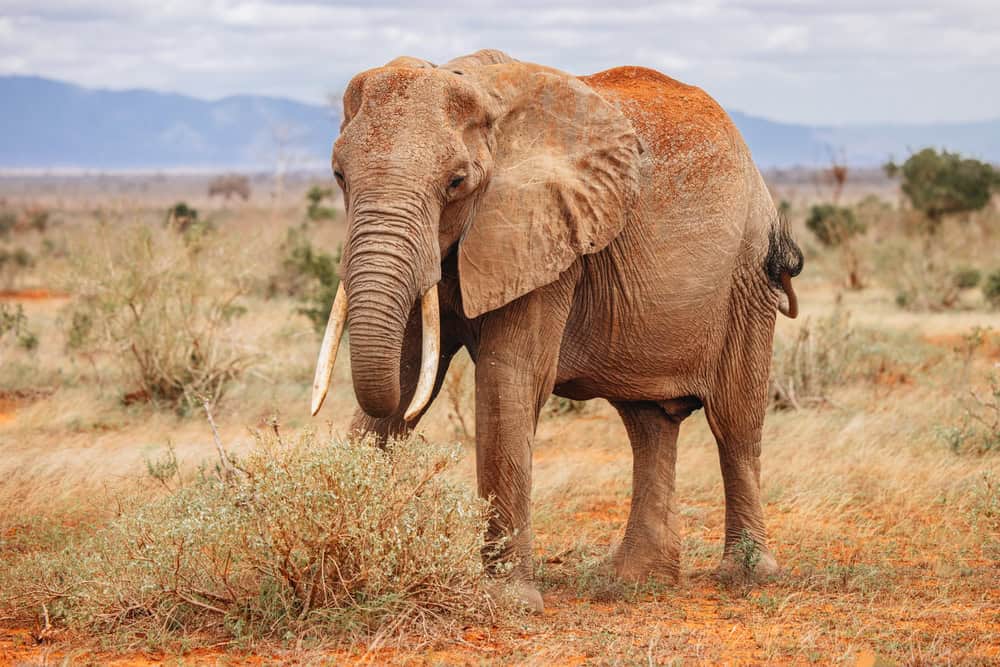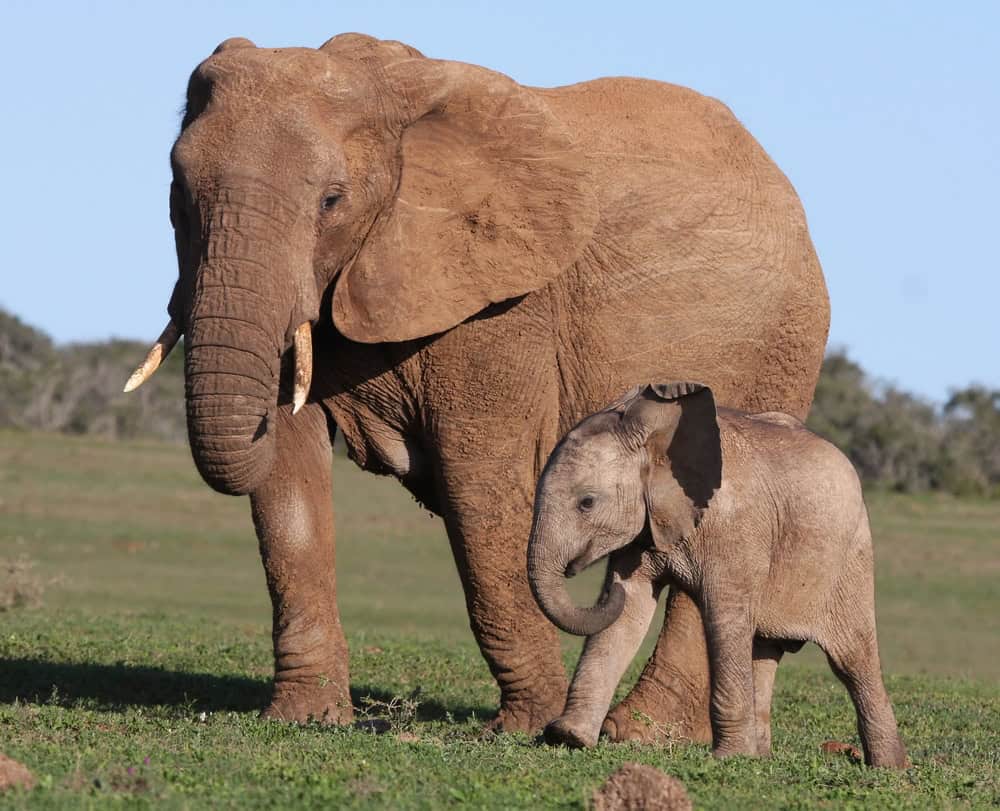When thinking about the African elephant, many people envision a gentle giant roaming the expansive savannas of Africa. However, despite their seemingly serene demeanor and often peaceful interactions with humans and other wildlife, African elephants can be deadly. This article explores the reasons behind this potential danger, delving into their behavior, biology, habitat, and human-wildlife conflict.
The Majestic Size and Strength of African Elephants

African elephants are the largest land animals on Earth, with males weighing up to 12,000 pounds and standing as tall as 13 feet at the shoulder. Their immense size and strength are both an advantage and a potential threat. This physical prowess allows elephants to traverse dense forests, bulldoze through vegetation, and even uproot trees. While these abilities are crucial for their survival, they can inadvertently pose a risk to humans and infrastructure that intersect their natural habitats.
Behavioral Insights: Aggression and Triggers

Elephants are generally known for their intelligence and strong social structures, including close family ties and cooperative behavior. However, they can also display aggression, especially when they feel threatened or are in a state of musth—a periodic condition in males characterized by heightened aggression due to increased testosterone levels. During musth, elephants are more likely to engage in destructive behavior, posing a higher risk of aggressive encounters with humans.
Additionally, elephants can become defensive or aggressive when protecting their young or territory. Interactions with humans that disrupt their social groups or encroach upon their habitats can trigger these aggressive behaviors, often with deadly results.
Human-Wildlife Conflict: A Growing Concern

As human populations expand, the natural habitats of African elephants are increasingly encroached upon, leading to more frequent interactions between elephants and people. This encroachment often results in human-wildlife conflict, wherein elephants might destroy crops, property, or even lives in their search for food and water. These conflicts can escalate into dangerous situations that may result in harm to both elephants and humans.
Communication and Misunderstandings

Elephants communicate through a variety of sounds, gestures, and even seismic vibrations, some of which can travel long distances. However, misinterpretations or inability to perceive these signals by humans can lead to misunderstandings. For instance, what may seem like a harmless vocalization or movement might actually be a warning sign that an elephant feels threatened and is prepared to defend itself.
Conservation Efforts and Mitigation Strategies

Recognizing the need to address potential dangers while preserving these magnificent creatures, conservationists and researchers are working on strategies to mitigate human-elephant conflicts. These efforts include creating wildlife corridors to safely guide elephants away from human settlements, developing early warning systems for farmers, and employing deterrents like beehive fences to protect crops without harming elephants.
Education plays a crucial role in these initiatives, helping local communities understand elephant behavior and encouraging the development of empathic and pragmatic approaches to coexist with these giants.
Conclusion

African elephants, with their grandeur and complexity, are essential members of the ecosystems they inhabit. While they can indeed be dangerous under certain circumstances, understanding the causes behind their potential aggression and implementing effective conservation strategies can help reduce risks. By fostering a better understanding between humans and elephants, we can ensure peaceful coexistence and the continued survival of these remarkable creatures in the wild.
- 10 Most Endangered Birds in the U.S. and Where to Find Them - August 9, 2025
- 15 Tips for Managing Spider Infestations During Storm Season - August 8, 2025
- How Superstorms Have Reshaped Coastlines Over Time - August 8, 2025

